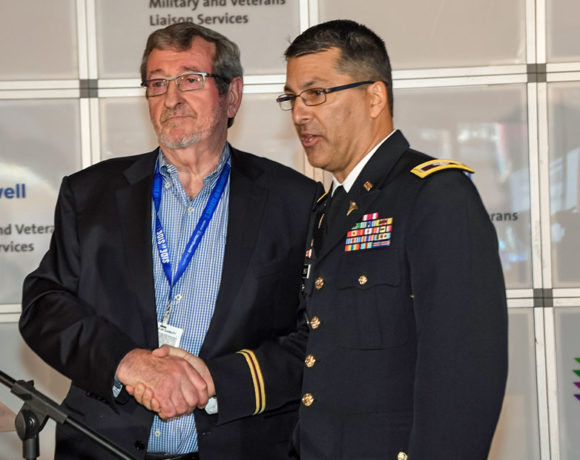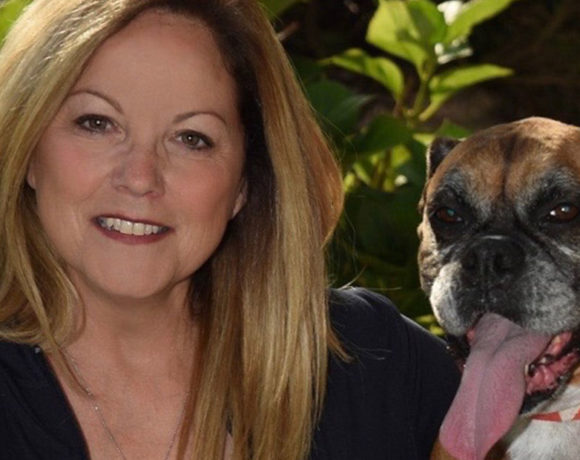Photo courtesy of the Massapequa School District
Striving to make the playground more inclusive for all students at East Lake Elementary School in the Massapequa School District, the debut of a say and play board was the culmination of months of planning by administrators, faculty and staff.
The large board, adjacent to the playground, was customized for the needs of East Lake students. Several students in the Eagle program, which is housed at the school, are nonverbal and require the use of assistive communication devices. As those devices can be hard to carry around while enjoying the playground, the say and play board has words and images that students can point to.
Teachers designed the board using CoughDrop, a language learning app, and included the specific pieces of equipment available at East Lake’s playground. There are also images for common actions, feelings and questions, as well as letters and numbers. The board was installed by the custodial staff.
Fifth graders in the Kids Care buddies program also learned how to use the board to support their friends. The children get together afterschool for different activities, and the addition of the say and play board now makes the playground a new option for the buddy meet-ups.
To better understand the communication needs of their peers, the fifth grade buddies participated in a workshop in which they learned how some children use assistive devices. They then had conversations with each other using devices to experience it for themselves. The goal is for them to serve as role models for the rest of the school to foster a greater appreciation for all ways that children communicate.
“We hope that the addition of the say and play board builds awareness within our school community,” said speech language pathologist Elizabeth Schoepflin. “We want to have out students with disabilities included in the general education setting as much as possible.”
“It gives everyone a voice and way to communicate,” added fellow speech language pathologist Kim Watson.







Recent Comments